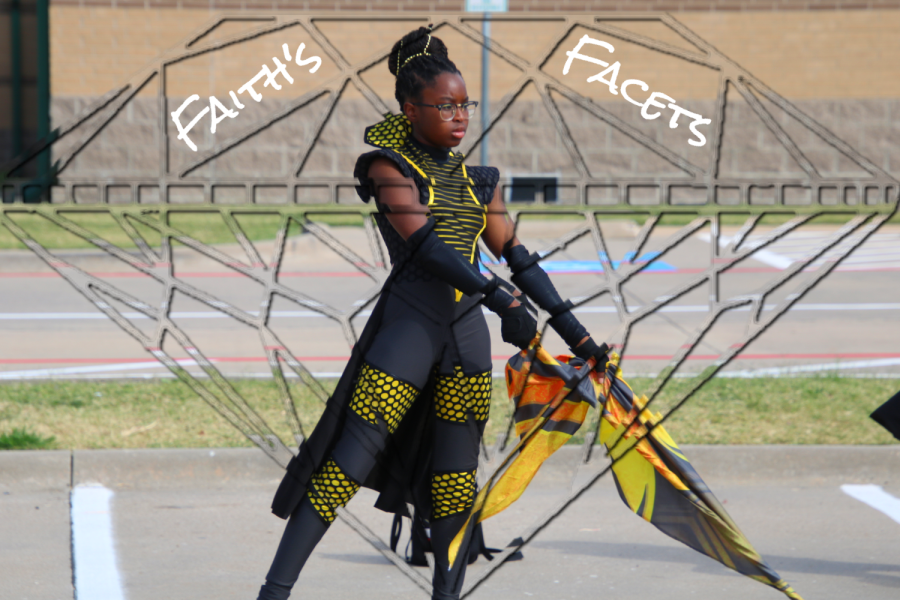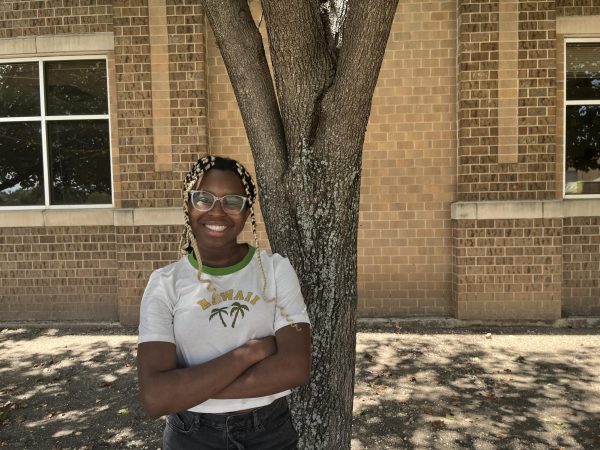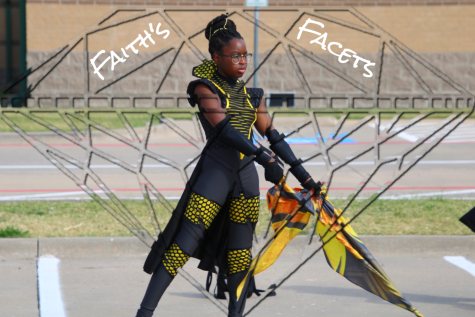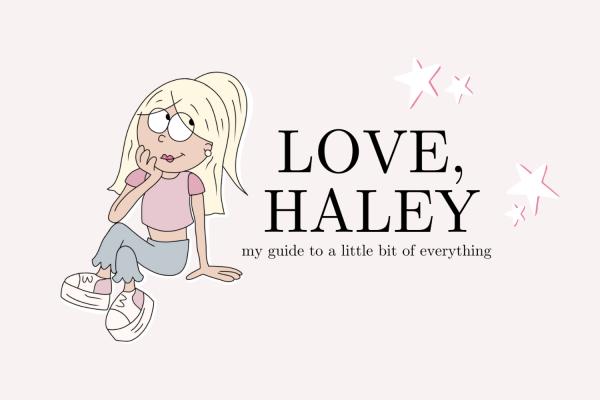Facets of Faith: getting my hair done, hint: it can hurt
Managing editor Faith Brocke expresses their emotions and experiences in their column, Facets of Faith.
September 22, 2022
As a Black person with the 4C hair texture, I have been getting my hair done since I was small, coily puffs tumbling from my scalp.
It’s almost nostalgic, the somewhat universal and routine process of getting your hair done: sitting on a stool/chair, pulling your head every which way, getting your scalp greased, etcetera.
That being said, many Black adults on the other side of the comb have turned embracing your hair texture into a negative experience that leads to internalized anti-blackness and a negative association with the process of doing your hair.
Black children are ‘tender headed’ more often than not, meaning that their heads are more sensitive to yanking and detangling, making them more susceptible to headaches and more likely to whine and cry. This isn’t to say that older Black children aren’t tender headed, but they are either more accustomed to the pain, or tend to feel it less severely.
Due to that sensitivity, stylists and parents tend to get frustrated with the inability to sit still and stay quiet when the child is in pain. This leads to guilt tripping, hair pulling and unnecessarily rude comments to force the child into submission as they sob their eyes out.
Since TikTok has provided a new platform for hair maintenance professionals and stylists, many have posted time lapse videos of themselves doing hair, and have received both extreme criticism for their practices as well as support for their approach.
While I agree that pain is inevitable in the case of dealing with Black hair, especially if it is tangled (children cannot effectively detangle on their own, so it usually is), there’s no need to be abrasive, especially if the stylist in charge has not taken the necessary precautions to ease the pain and expedite the process (such as using leave in conditioner or shea butter, greasing the scalp, sectioning and parting the hair, and prepping the child fully, especially if heat is being applied to their head).
You cannot blame a child and call them over dramatic when they are dealing with a heightened level of pain with an aggressive authority figure and zero preparation for what is to come, especially when the hair is being put into a protective style like box braids.
This widespread issue tied in with the sentiment that children are annoying and ‘do too much’ just because they are human beings expressing their emotions and reacting in a predictable manner is the foundation for adults perpetuating the same cycles they suffered through as children.











